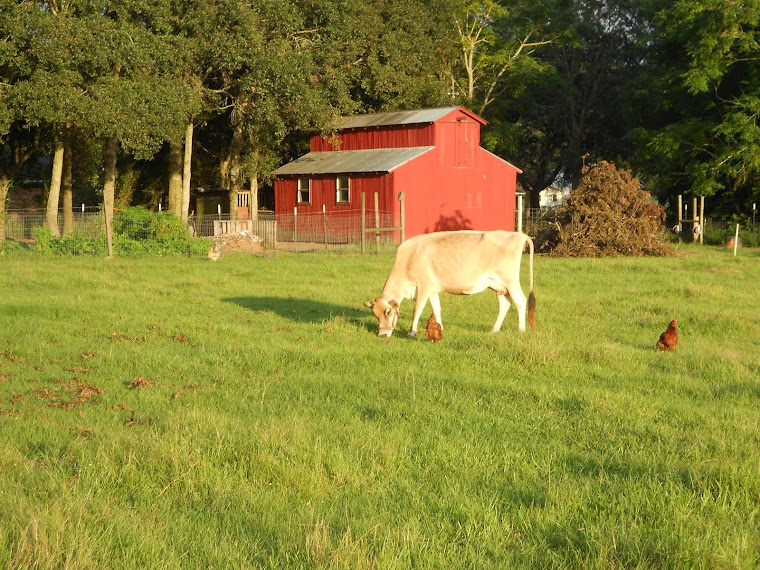As we near the last day of August, two things were on my mind. #1 A prayer that we would make it through hurricane season unscathed. Wouldn't it be nice to possibly see homeowner's insurance rates go down or hold steady for a change? With each passing day, the temperature should cool off somewhat, cooling the Gulf waters that fuel the strength and fury of hurricanes that have wreaked such destruction on these parts. #2 The countdown in my head of the remaining days of summer. We look at the extended forecast and see that one day this week, we might see lows in the upper 60's and highs only in the lower 90's. Tick Tock. It's nice to look forward to more forgiving weather than our punishing summers.
The few days of fall and then winter will be upon us, and we need to be prepared. I spent 30 minutes with a "rat-tail" file, sharpening my chainsaw blade. The 80 volt battery powered chainsaw turned out to be a good purchase. Whoever would've thought that a battery powered chainsaw would cut through 30 inch diameter water oak tree trunks, but it has gotten the job done. With this saw, you don't need to worry about a carburetor. I even learned a trick that you can use (cheaper) vegetable oil in place of (more expensive) bar & chain oil to keep the chainsaw blade lubricated. It's a hack learned from a logger in the Pacific northwest that posted a YouTube video about it.
I charge one 80V battery while using the other and am able to keep the saw running while I cut the felled tree trunk in 2 1/2 foot sections. Then I got my double edged ax, the sledgehammer and two splitting wedges and walked out to begin the hard part of the job. Yes, I'll admit, there are easier ways to do this job. They sell wood-splitters at Tractor Supply. However, there's something to be said about swinging an ax and the sound of the sledgehammer making purchase with the splitting wedge. The crack of the wood splitting in two is a pleasing sound to one's ears as the wedge disappears between the two pieces of tree trunk.
Before long the firewood is split into manageable pieces that we'll burn in our fireplace this winter. I wet two t-shirts with sweat as my wife shook her head at me. "There's cooler weather coming to do this work in." she says. That's okay. The job was done! The chickens gathered around, scratching at the ground around the wood chips for the occasional beetle or grub worm that had taken up residence in the log, but was now exposed.
Now's the time to carry the wood and stack it up atop the woodpile. I put sheets of tine on top, weighted down by river stone to keep rainwater off the top. Upon just getting goats many years ago, I learned a valuable lesson in stacking firewood. Back then, I stacked the wood right against the fence. Those mischievous creatures jumped up on the woodpile, over the fence and all got out into the neighbor's yard. We were able to get them all back in, but had to move the wood, restacking it away from the fence. You live and you learn, they say.
The firewood we have split so far should get us through the winter easily, but I've got more wood to split. We plan on getting a good inventory built up. The bad news was that by the evening I was nursing several nice-sized blisters on my palm and fingers. The good news was that I slept like a baby that evening partially because of the physical exertion from a day of swinging an ax and partly because it feels good to get a job done I've had on a to-do list. We'll be nice and toasty as we keep our fireplace blazing with fire this fall/winter.

